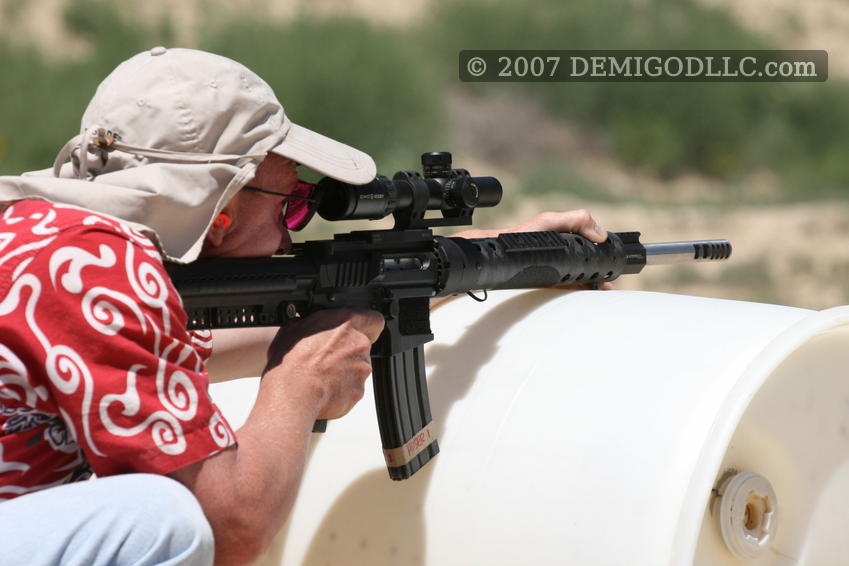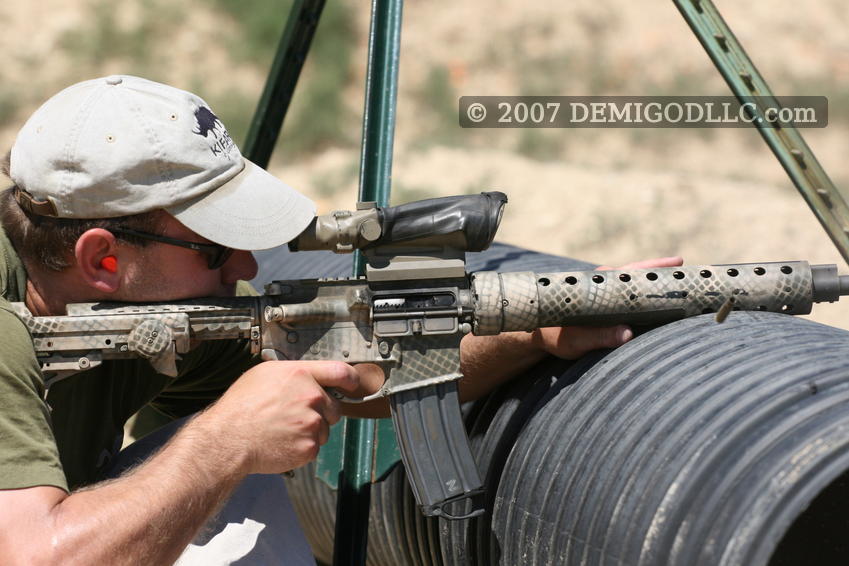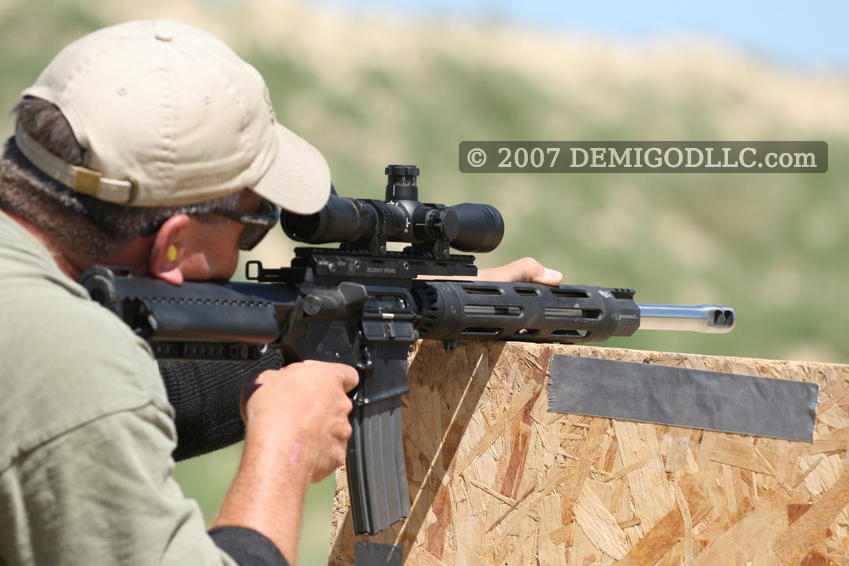Long ago I was taught that when resting the fore-end of your rifle on a log or boulder you should place your hand between the support and the fore-end. I can't remember the reason, or even if one was actually given - a 10yr old kid did not question the wisdom of a retired Naval Commander in those far off days. Anyway I have always followed this practice when hunting or target shooting.
But recently I have started to wonder. My son reported that in a shootout with a mate using just the one .22 rifle his friend who rested the rifle directly on the support had the better grouping.
Questions which come to mind are:
What about a bipod? Isn't this the same as resting directly on a support? Is it Ok with a fully floating barrel but not with a bedded or partially bedded barrel? And what about rifles which like a bit of fore-end pressure such as my .243? This rifle does not shoot consistently with a bipod probably for this reason.
I am not into serious competition just hunting and the occasional family shoot-out but would be interested to hear your comments.
David
But recently I have started to wonder. My son reported that in a shootout with a mate using just the one .22 rifle his friend who rested the rifle directly on the support had the better grouping.
Questions which come to mind are:
What about a bipod? Isn't this the same as resting directly on a support? Is it Ok with a fully floating barrel but not with a bedded or partially bedded barrel? And what about rifles which like a bit of fore-end pressure such as my .243? This rifle does not shoot consistently with a bipod probably for this reason.
I am not into serious competition just hunting and the occasional family shoot-out but would be interested to hear your comments.
David



